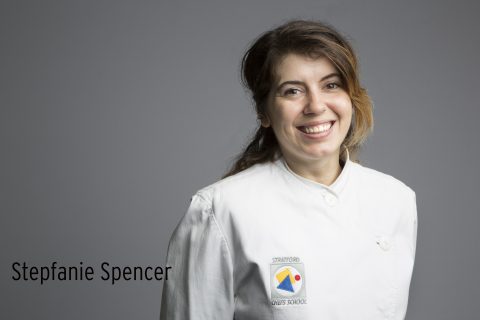Coco Chanel once said “Before you leave the house, look in the mirror and remove one accessory” and although she was talking about fashion, the adage holds true for cooking as well.
As new cooks, we are constantly learning: techniques, flavours, equipment we’ve never seen or used before. Everything is fresh and exciting and we want to excel with them all. Skill, knowledge and experience are all required to be a good chef, but knowing how to use them with refinement is what makes a great one. We are all Stuart from Mad TV yelling “look what I can do!” when what we should be doing is practicing our butchery; our ability to trim the fat.
Over the weekend, I had the opportunity to eat my first Omakase (a sushi chef’s tasting menu) at Yasu in Toronto. It was a study in the simple and understated; a #nomakeupselfie for each dish. No bite had more than 6 ingredients, and none were used unnecessarily. A bit of soy for seasoning, some Yuzu zest or juice to cut the fatty richness of a fish or a sliver of a Shiso leaf for a unique herbacious hit. Everything had its place. Even the sake selected for pairing followed this rule. The rice wine didn’t work to contrast or compliment the bites of sushi, they instead worked symbiotically to heighten the experience of each other.
It made me think about the importance of simplicity. A major trend this year has been minimalism: in furniture, clothing, life in general – but also food. There is a celebration of quality over quantity, of purity over muddied complexity. When you pay more attention to sourcing ingredients, how they are made or grown, there is a stronger pull towards allowing them to shine. Why work so hard to grow something perfectly if you are just going to hide it behind stronger flavours?
I’ve found, for myself at least, that creativity is only nurtured in the presence of limitation, and so I urge everyone to remember when you are asking yourself, “what does this dish need?” sometimes the answer is: less.

